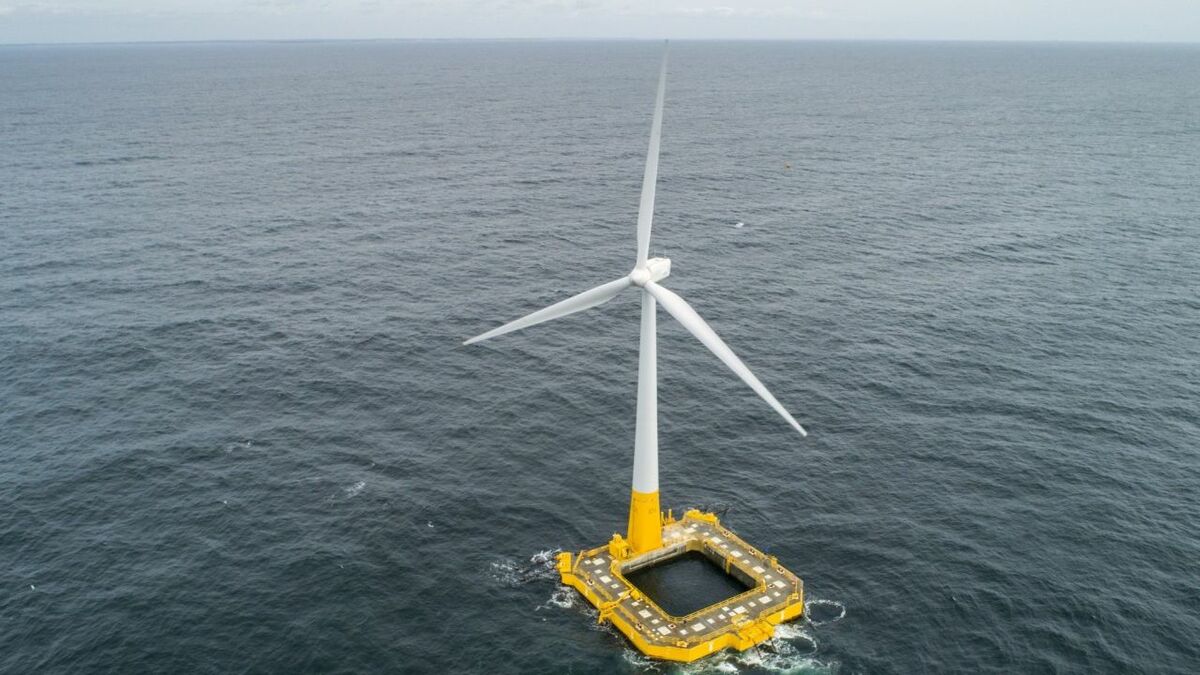

- #Floating foundation usage how to#
- #Floating foundation usage install#
- #Floating foundation usage full#
#Floating foundation usage install#
Install the 2″ (inch) foam insulation over the sand. Dig a 16-by-18-inch trench just within the slab form to provide extra support on the exterior of the slab to support walls. At this point, it’s time to install any drainage lines or electrical conduit that must run through the foundation. Remove the initial guideposts and perimeter string. Insert support stakes each foot along the outside of the slab form. Connect the corners with joints and secure them with framing nails. Place 2″-by-10″ (inch) lumber around the perimeter of the proposed slab to create the slab molds. Check the area in many locations to make sure the entire area is level. Compact the sand using a tamp (sand compactor) until it is 8 inches below the perimeter lines. Cover the 3 inches of rockfill with 2 feet of sand. Fill the excavated area 3″ deep with crushed stone to form a drainage area to the foundation. Also, excavate the 2-feet drainage section. Excavate this entire interior area of the foundation to this depth. 
Here is the starting point of the foundation for the slab.
Measure down 2 feet and 11 inches in the perimeter strings. Measure out two feet in the perimeter (laterally) and mark off this area for drainage. Use a level to ensure the string is straight, and the height is consistent. Once you’ve made this determination, use string to mark the height by wrapping it around the metal stakes. Determine the height of the top surface of the concrete slab. Determine the area to your floating slab and then mark the four corners with 3-feet metal stakes. #Floating foundation usage full#
These additions are far cheaper than building a full foundation with footings and frost barrier as an excavation, and extra concrete costs far outweigh the cost of insulation.Īlso, read: Difference Between Carpet Area and Built-up Area Follows Steps To Build Floating Slab
#Floating foundation usage how to#
How to Build a Floating Slab?Ī floating slab is the basic foundation structure used for buildings that don’t have basements (garages, sheds, barns, and even some homes in the high water table or coastal areas).Ĭoncrete floating slabs may and, in areas that experience freezing temperatures, must be insulated.īecause there are no footings on this type of foundation, the insulation is either built directly in the concrete by sandwiching it between layers of concrete or by laying it directly on top of the concrete. As they are shallow in-depth, they could ideally be used in specific construction locations. A floating slab spreads the structure weight over the entire base instead of at strategic supporting columns.






 0 kommentar(er)
0 kommentar(er)
